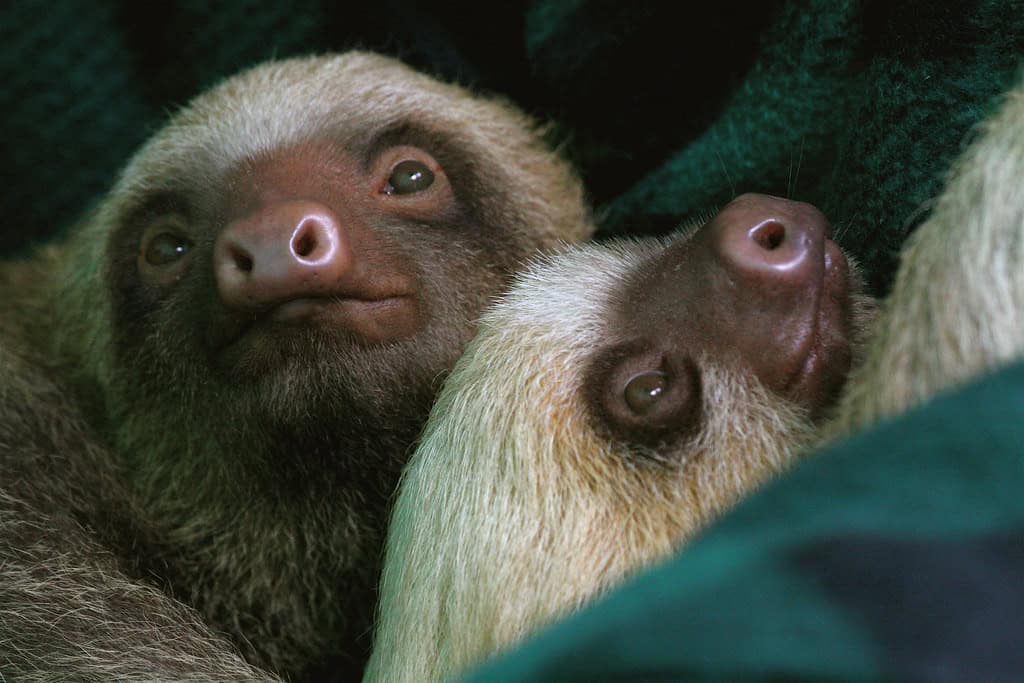When we think about the animal kingdom, images of agile cheetahs, swift birds, or fast-swimming dolphins often come to mind. However, the natural world is also home to creatures that move in the slowest of paces. Among them, the one that takes the title of the slowest moving animal presents a surprising narrative of survival and adaptation. Move aside, speedy hares—let’s delve into the fascinating world of the animal kingdom’s most leisurely denizen.
The Title Holder

In the tropical rainforests of Central and South America, the three-toed sloth takes the top spot for sluggishness. This slow-moving creature ambles through treetops at a pace that would leave other animals impatient. With a maximum speed of about 0.24 kilometers per hour (0.15 miles per hour), the sloth is the epitome of unhurried grace.
A Lethargic Lifestyle
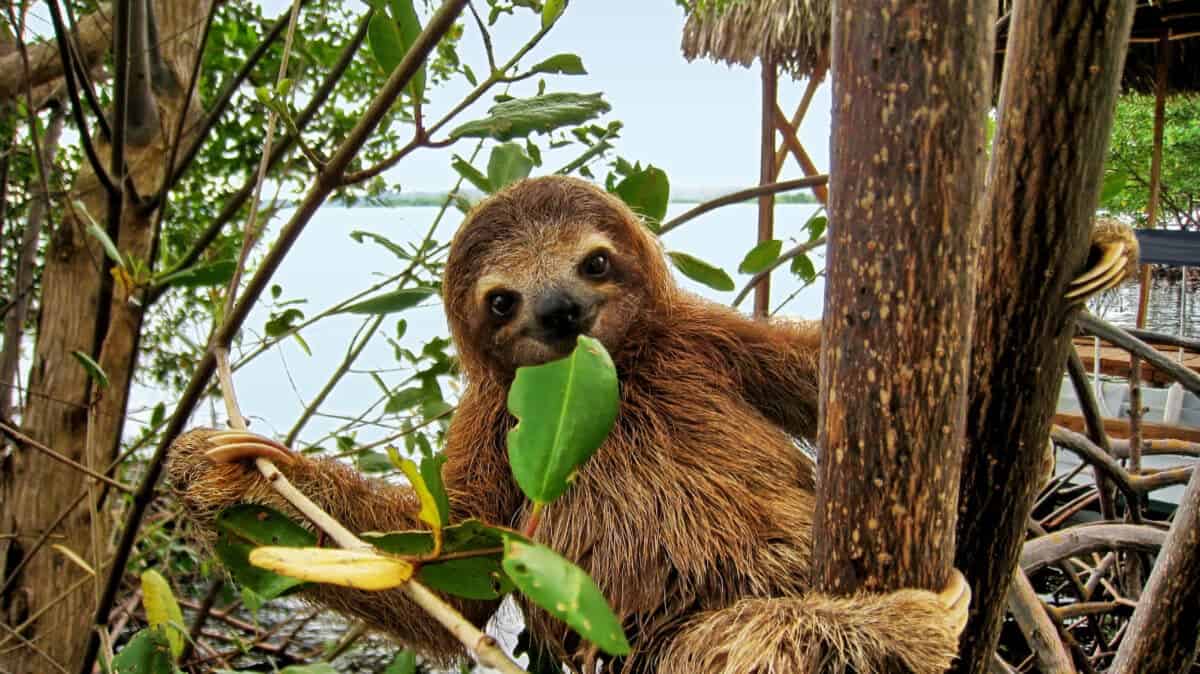
The three-toed sloth’s languid lifestyle is a marvel of adaptation. Having evolved in habitats with little threat from predators, it expends minimal energy by moving slowly. This low-energy pace is crucial to the sloth because its diet primarily consists of leaves and shoots, which are low in nutrients and energy.
Diet-Induced Sluggishness

The sloth’s slow speed can be attributed to its specialized diet. Leaves are not only low in energy but also difficult to digest. Sloths have adapted to this diet with a multi-chambered stomach similar to a cow’s, which allows for the slow digestion and fermentation necessary to extract nutrients.
Anatomical Adaptations
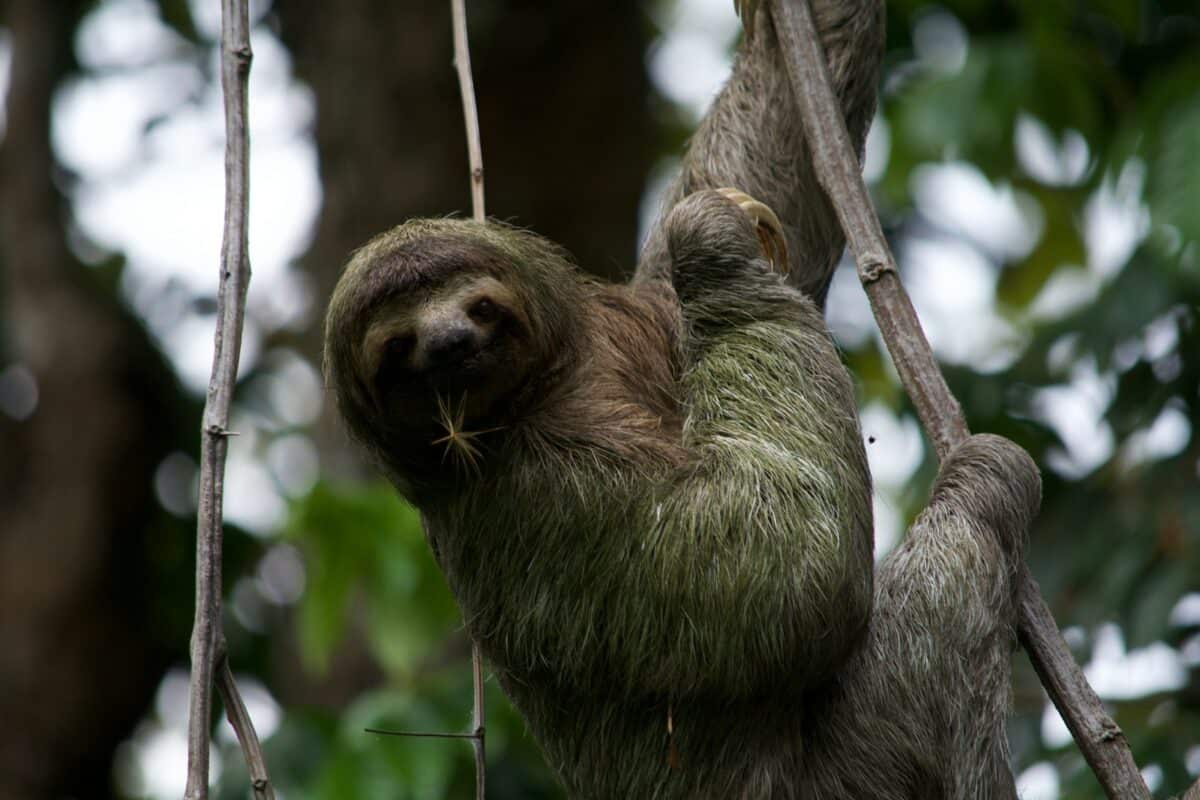
Sloths have several anatomical features that complement their slow lifestyle. Their long limbs and hook-like claws are perfect for hanging from branches without needing additional muscular effort. Additionally, their peculiar motion is due to a strong grip but weak muscle strength, explaining why they conserve energy through limited movement.
The Role of Metabolism
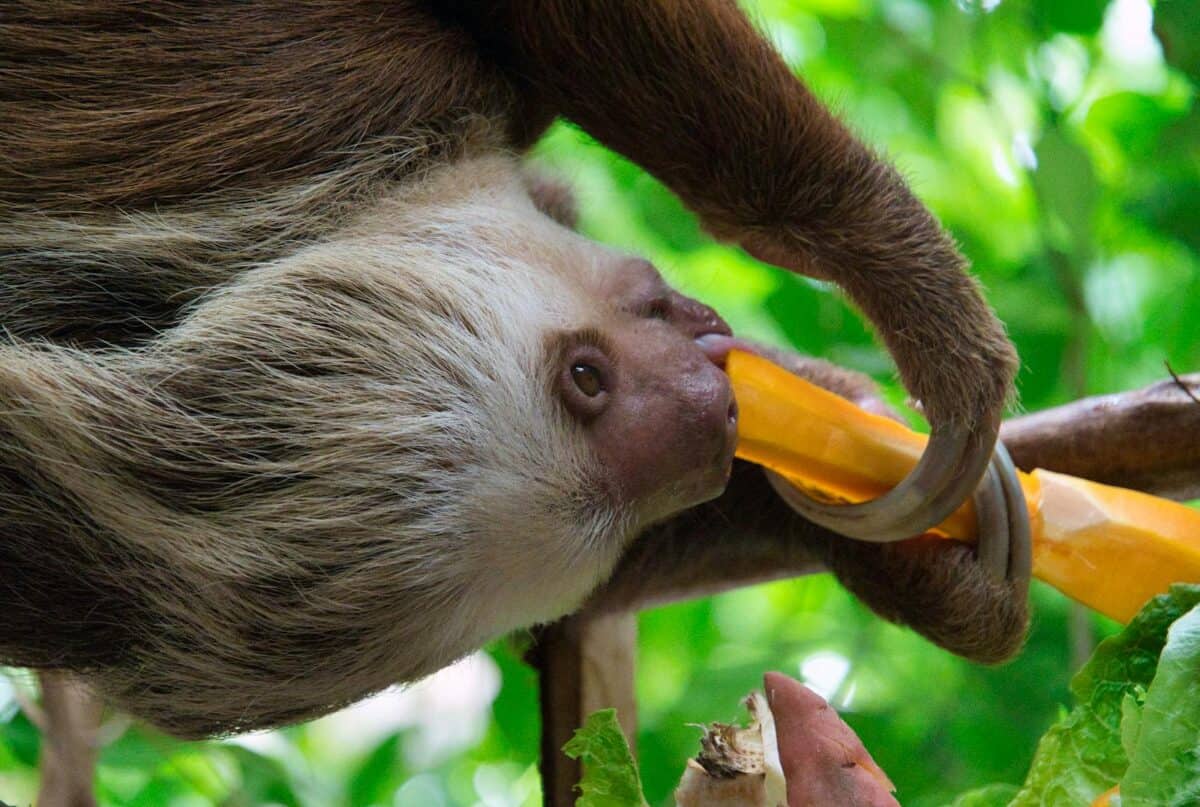
A major factor contributing to the sloth’s sluggishness is its slow metabolic rate. This slow metabolism means that sloths need less food and expend less energy, allowing them to survive on their limited diet. Their low body temperature is akin to that of cold-blooded animals, which aligns with their slow and steady way of life.
Life in the Canopy
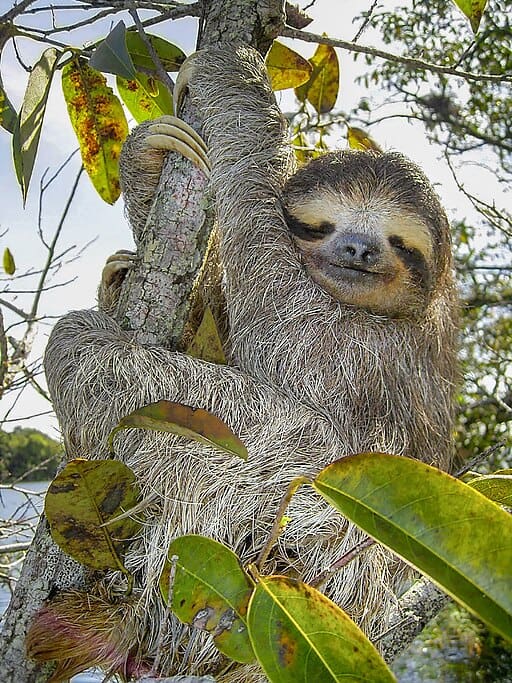
Sloths spend the majority of their lives hanging upside down in the trees. Their arboreal existence not only protects them from ground predators but also helps them avoid excessive energy expenditure required for traversing the forest floor. Their habitat in the forest canopy provides both food and shelter.
Concealment Through Stillness

An unexpected benefit of the sloth’s slow speed is its ability to remain hidden. Their slow movements make it hard for predators to detect them, and their fur often harbors algae that provides camouflage by blending with the foliage.
Social Behavior
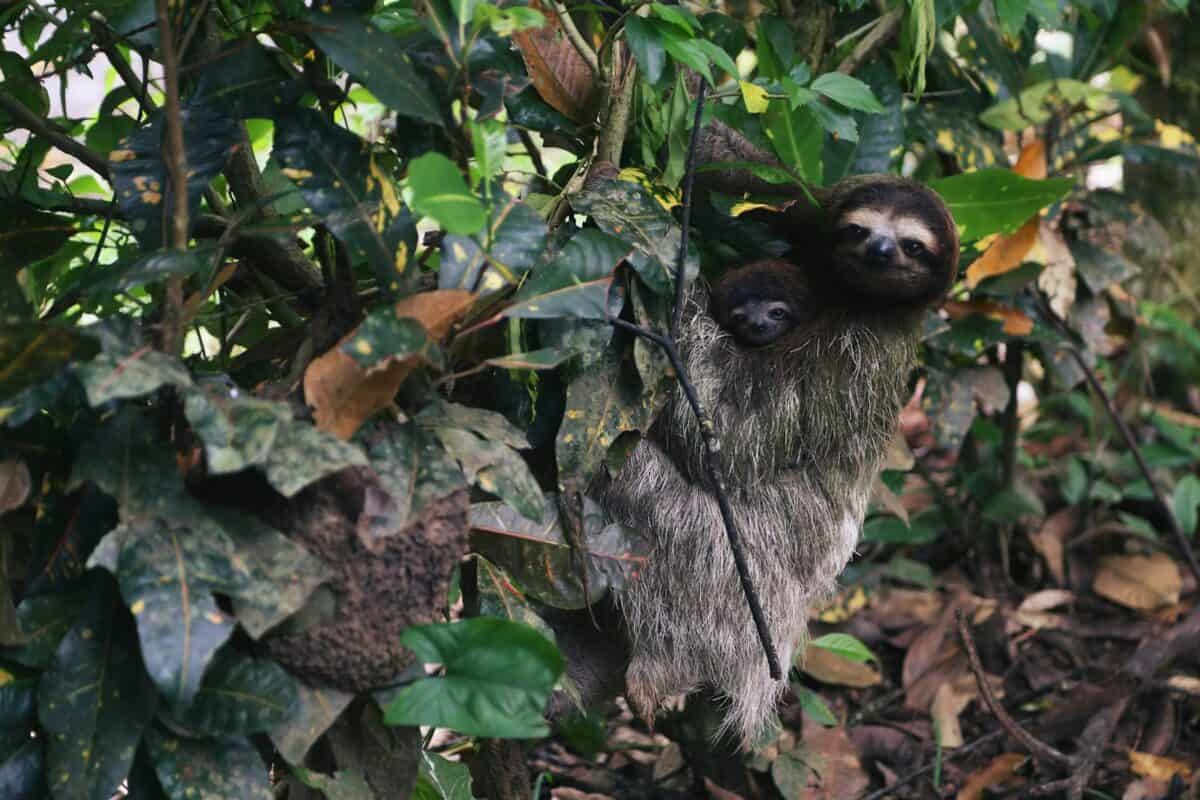
Despite being solitary animals, sloths do occasionally interact, often seen during breeding season. Their social encounters are usually brief and revolve around sharing resources and mating. Their calm demeanor extends to their social behavior, with minimal aggression or territorial disputes.
Reproductive Strategy
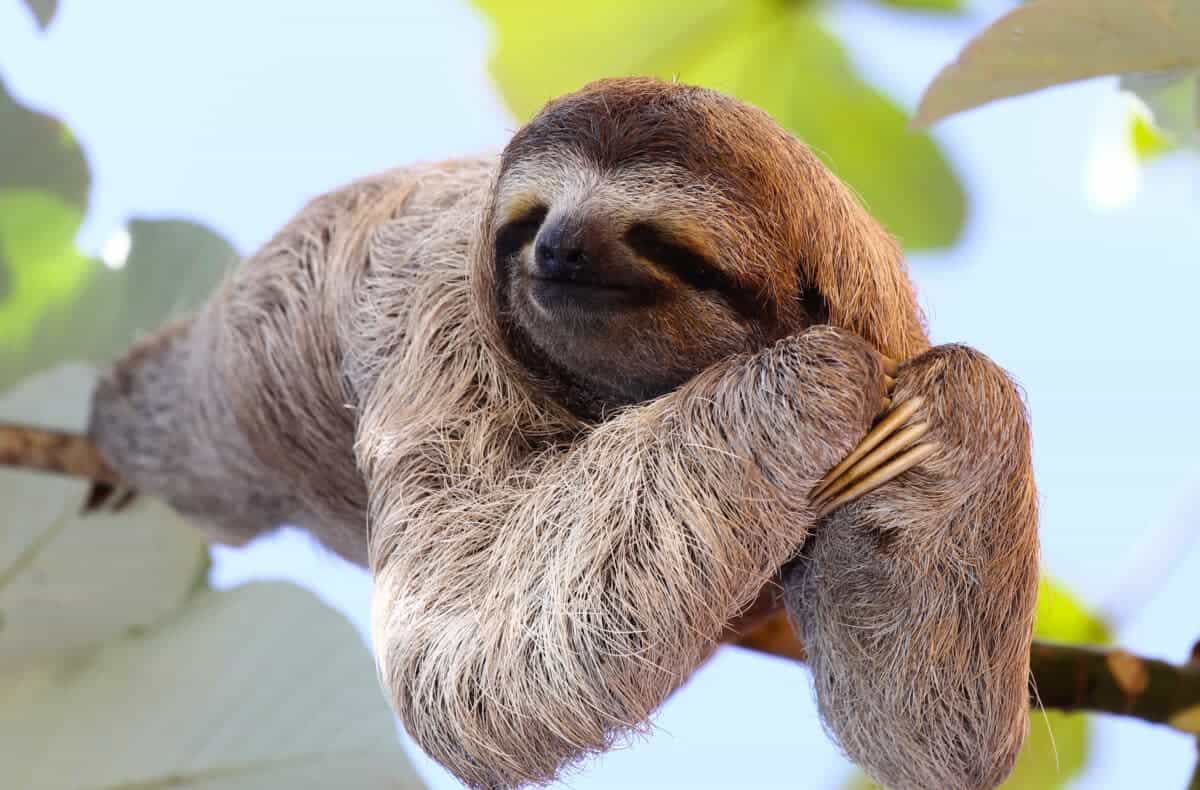
Sloths have a simple yet effective reproductive strategy. They reproduce once a year, with a gestation period of about six months. The young are born fully formed and are carried by the mother, clinging to her fur until they are independent enough to navigate their arboreal habitat.
Threats and Conservation
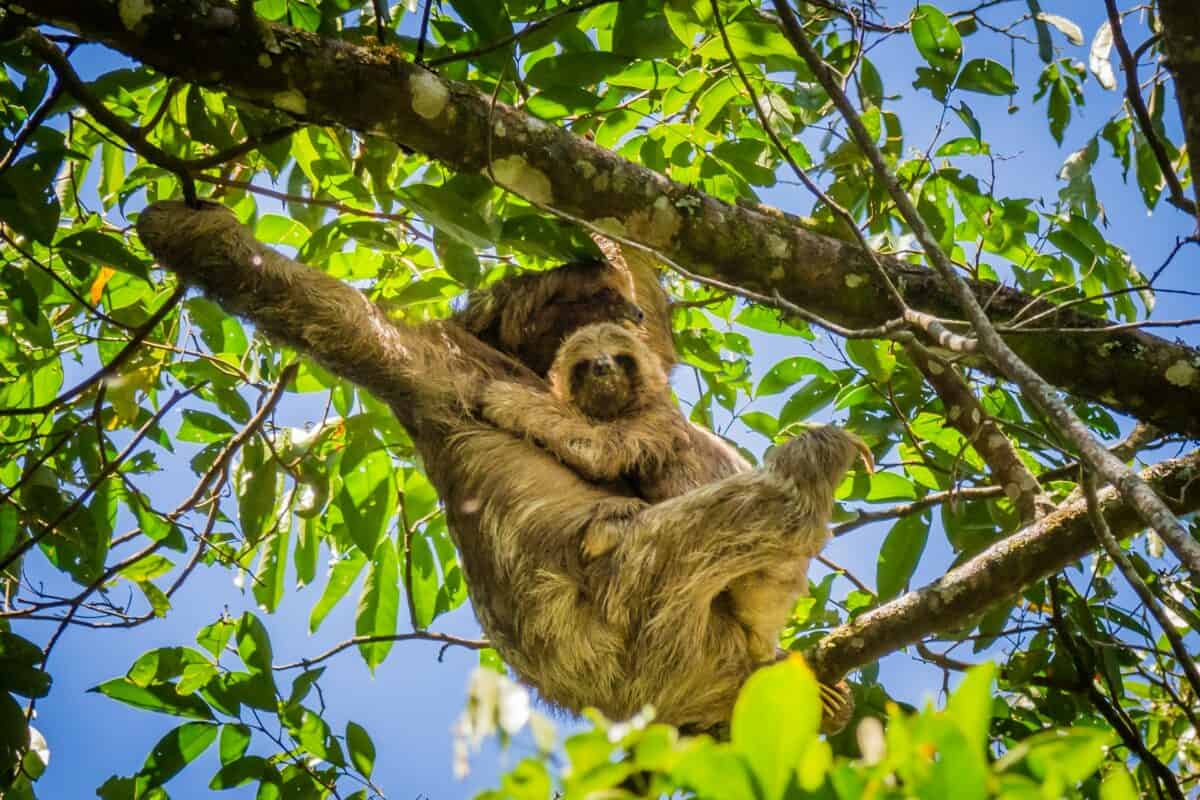
Despite their adaptations, sloths face numerous threats primarily due to human activities. Deforestation and habitat destruction in tropical rainforests pose serious challenges. Conservation efforts focus on protecting their natural habitats and ensuring that these unique creatures continue to thrive.
The Fascination with Sloth Speed

Sloths captivate the imagination not because of their speed, but because of their masterful adaptation to a slow-paced life. Their unhurried existence starkly contrasts our fast-paced world, offering lessons on the benefits of patience and conservation of energy.
Conclusion
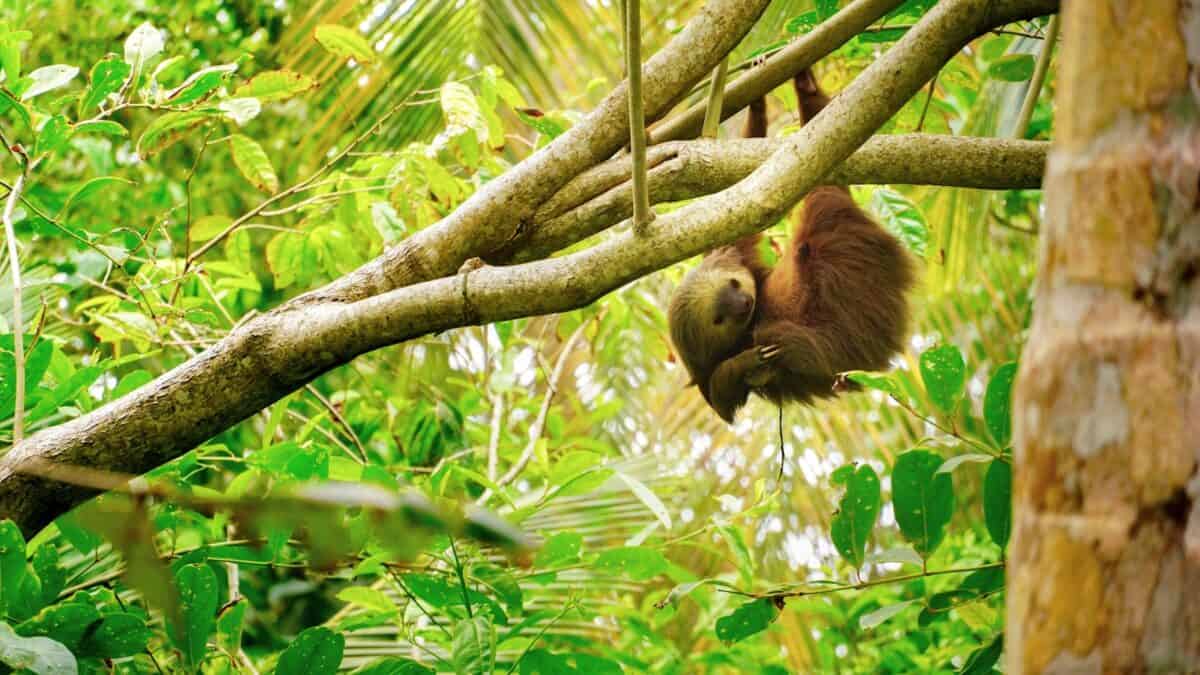
In the grand tapestry of nature, the sloth stands as a testament to the diverse ways life can adapt and persist. Its slow speed is not a disadvantage but rather a sophisticated adaptation to its environment. As we reflect on the sloth, we are reminded that sometimes slowing down is the key to survival and success.
- The Most Venomous Animal Isn’t a Snake—It’s Something Smaller - August 20, 2025
- The Slowest Animal in the World Moves at This Shocking Speed - August 20, 2025
- Do Sharks Really Have to Keep Swimming to Stay Alive? The Truth Revealed - August 19, 2025

